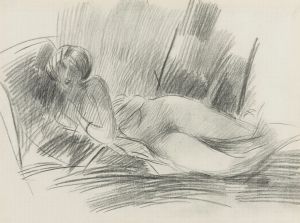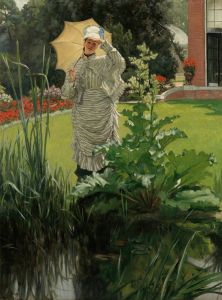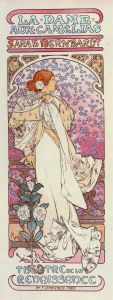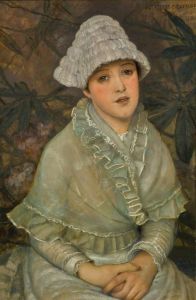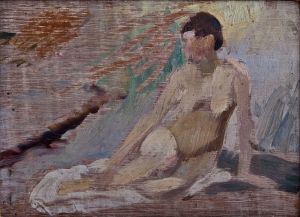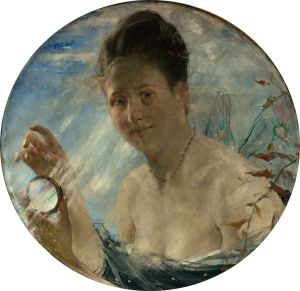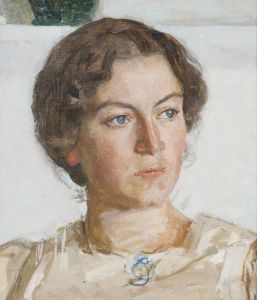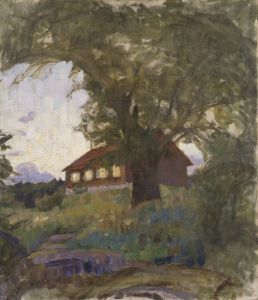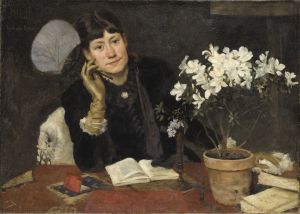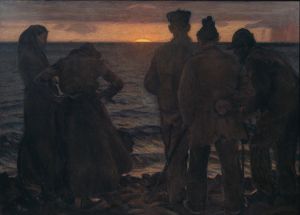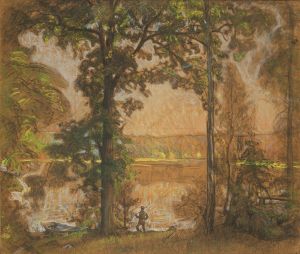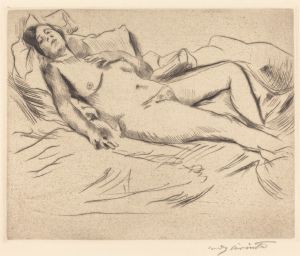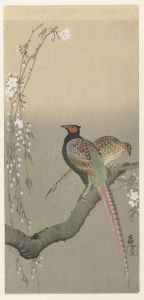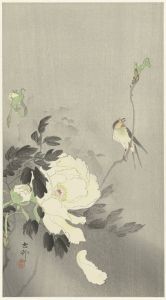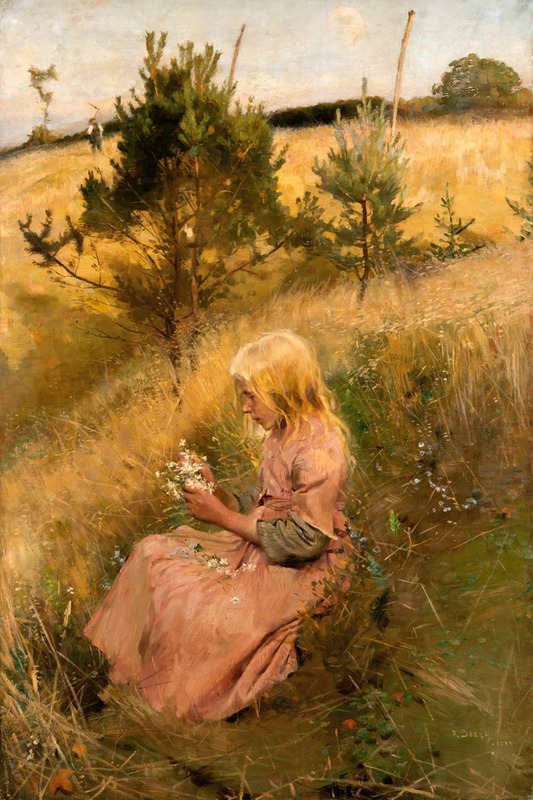
Girl Picking Flowers
A hand-painted replica of Richard Bergh’s masterpiece Girl Picking Flowers, meticulously crafted by professional artists to capture the true essence of the original. Each piece is created with museum-quality canvas and rare mineral pigments, carefully painted by experienced artists with delicate brushstrokes and rich, layered colors to perfectly recreate the texture of the original artwork. Unlike machine-printed reproductions, this hand-painted version brings the painting to life, infused with the artist’s emotions and skill in every stroke. Whether for personal collection or home decoration, it instantly elevates the artistic atmosphere of any space.
Richard Bergh was a prominent Swedish painter known for his contributions to the national romantic movement in Sweden. One of his notable works is "Girl Picking Flowers," which exemplifies his style and thematic focus during his career. Although specific details about this painting are limited, we can discuss Bergh's broader artistic context and style to provide a comprehensive understanding of the work.
Richard Bergh was born on December 28, 1858, in Stockholm, Sweden. He was the son of the painter Edvard Bergh, which provided him with an early exposure to the world of art. Bergh studied at the Royal Swedish Academy of Arts in Stockholm, where he developed his skills and began to establish his artistic identity. His early work was influenced by the academic traditions of the time, but he soon became associated with the Opponents, a group of artists who challenged the conservative norms of the Swedish art establishment.
Bergh's work is often associated with the national romantic movement, which sought to capture the essence of Swedish identity and the beauty of its landscapes. This movement was part of a broader European trend during the late 19th and early 20th centuries, where artists sought to express national identity through art. Bergh's paintings frequently depicted scenes from Swedish nature, often infused with a sense of nostalgia and romanticism.
"Girl Picking Flowers" fits within this context, as it likely portrays a serene and idyllic scene from the Swedish countryside. Bergh's use of light and color would have been employed to enhance the natural beauty of the scene, capturing the delicate interplay of sunlight and shadow. His attention to detail and ability to convey mood and atmosphere are hallmarks of his style.
Bergh's work often featured figures in natural settings, and he had a particular talent for capturing the human form in harmony with the surrounding landscape. This approach reflects the influence of both the national romantic movement and the broader symbolist movement, which emphasized the use of symbolic imagery to convey deeper meanings and emotions.
Throughout his career, Bergh was also involved in the Swedish art community as a teacher and leader. He served as the director of the Swedish National Museum from 1915 to 1919, where he played a significant role in shaping the direction of Swedish art during the early 20th century. His influence extended beyond his paintings, as he was instrumental in promoting the work of other Swedish artists and fostering a sense of national pride in Swedish art.
While specific information about "Girl Picking Flowers" is limited, understanding Richard Bergh's artistic context and style provides valuable insight into the themes and techniques likely present in the painting. His work remains an important part of Sweden's cultural heritage, reflecting the beauty of its landscapes and the spirit of its people.





